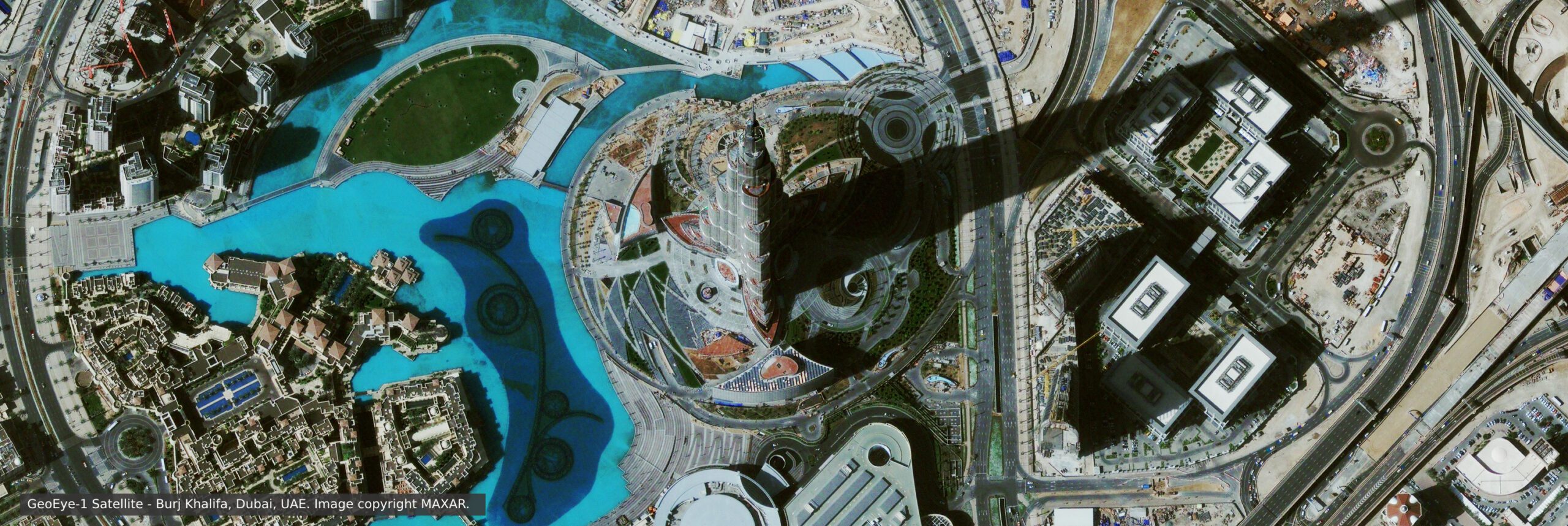Oceansat-2 Satellite by ISRO Launched Successfully!
Oceansat-2Indian Space Research Organization (ISRO) successfully launched the Oceansat-2 and six nano-satellites into a 720 km. intended Sun-Synchronous Polar Orbit (SSPO) on September 23, 2009.
Oceansat-2 satellite will help identify potential fishing zones, monitor the ocean, climate studies, and provide inputs for weather forecasting.
Image Credit: Indian Space Research Organization (ISRO)
Six nanosatellites were riding on the back of Oceansat-2; Rubin 9.1 and Rubin 9.2 nanosatellites from Germany, the four Cubesats lined up for the mission onboard India’s workhorse rocket Polar Satellite Launch Vehicle are Beesat, built by Technical University Berlin, UWE-2 (University of Wuerzburg Germany), ITU-pSat (Istanbul Technical University Turkey) and SwissCube-1 (Ecole Polytechnique Federal de Lausanne, Switzerland.
RUBIN-9 weighing 8kg. each will primarily be used for the Automatic Identification System (AIS) for Maritime applications.
CUBESATs are educational satellites from European universities, each weighing around one kg. and developed to perform technology demonstration in space.
Oceansat-2 will carry an OCM (Ocean Colour Monitor) and a Ku-band pencil beam Scatterometer. In addition, it will carry Radio Occultation Sounder for Atmospheric Studies (ROSA), developed by the Italian Space Agency (ASI). The Scatterometer has a ground resolution of 50km x 50km is expected to provide accurate information on wind speed and direction. The eight-band OCM with 360 meters spatial resolution and a swath of 1,420 km will provide information about the same area every two days.
The designed life span of Oceansat-2 will be five years but the actual usage may go beyond that as happened with Oceansat-1, which was launched in 1999.


